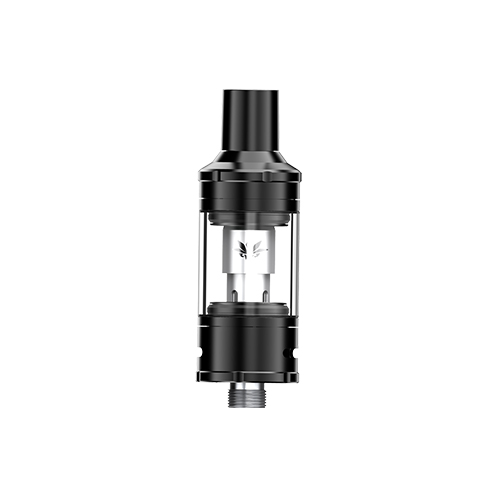Mirroring the SRNT paper, Newton and Dockrell repeat: “Early divisions among public health experts led to polarized coverage in the media, confused messages to the public, and inconsistent policymaking between jurisdictions.”
They point out that while America has fixated on the fictional fear of a teen epidemic, the UK has balanced concern over youth initiation with the “potential benefits for smokers of easy access to nicotine vaping products.”
The pair agree with the “eminent authors” that the preoccupation with teen vaping has been detrimental to the cause of saving lives by substituting the toxic by-products from smoking for reduced harm vapour. In addition, they point out that “if vaping were to lead to more youth smoking, then we would see some evidence of it by now.”
Adding: “Population surveillance data show the reverse: youth smoking continues to fall and at a faster rate than before. It seems at least plausible that vaping has contributed to this decline, with vaping replacing smoking among US youths.”
“To be clear,” Dockrell and Newton continue, “they are not arguing that vaping should be promoted as overall beneficial, just that a more appropriate balance should be struck between the likely potential harms and benefits. The problem with the current focus in the United States on youth vaping is that many measures to discourage vaping, such as flavouring bans, taxes, and e-cigarette sales restrictions, may reduce smoking cessation and effectively protect smoking.”
The duo highlight that the fallout from the constant attacks on vaping and the tobacco harm reduction approach is a proliferation of misinformation in the media and the general public. Worse, it isn’t confined to America.
“Nearly half of Americans incorrectly believe e-cigarettes to be at least as harmful as smoked tobacco. The effect has been worsened by the EVALI (e-cigarette or vaping use- associated lung injury) outbreak caused by adulterated marijuana products and wrongly ascribed to nicotine vaping devices. The harm to health from this misattribution has had effects far beyond the United States and continues to this day.”
The PHE pair recommend:
- Reduce the nicotine content in cigarettes
- Ensuring the wide availability of vape products
- To permit advertising encouraging smokers to switch to vaping
- Increased taxation on tobacco products
- Only implement modest taxation on vape products
- Government bodies should be honest about youth vaping
- Government bodies should promote the benefits of smokers switching
They conclude: “Legitimate concerns about harm must be balanced by recognition of the potential benefits for the multitude of people who still take their nicotine the old way and who are often also experiencing multiple disadvantages.”
News from:https://www.planetofthevapes.co.uk/news/vaping-news/2021-08-25_phe-s-response-to-the-srnt-paper.html

















